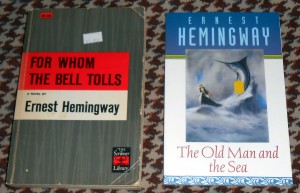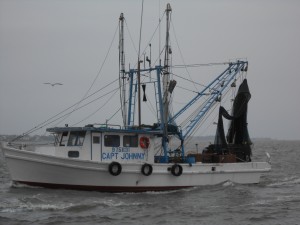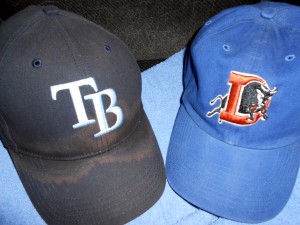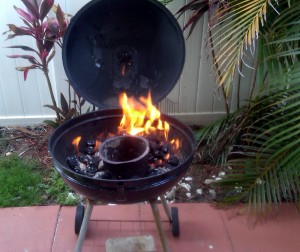Today marks the 70th Anniversary of D-Day, which is the name given to the World War II battle involving over 156,000 American, British and Canadian forces landing on five beaches along a 50-mile stretch of the heavily fortified coast of France’s Normandy region in one of the largest amphibious military assaults in history.
Led by Supreme Allied Commander General Dwight D. Eisenhower, the Allied forces stormed beaches at Normandy code named Sword, Juno, Gold, Utah and Omaha.
The storming of the beaches was met by German machine gunners and artillery who tried to hold back the invasion force. The Germans almost succeeded at Omaha costing the Allies more than two thousand casualties in the opening hours.
For an idea of just how gruesome this type of frontal beach assault is, one need only watch the opening of “Saving Private Ryan.” It is easy to forget in this era of drone attacks and smart bombs that war was once much more hand to hand leading to much higher casualty rates among its participants.

Photo R. Anderson
In total, the Battle of Normandy lasted from June 1944 to August 1944 resulting in the Allied liberation of Western Europe from Nazi Germany’s control and has been called the beginning of the end of war in Europe.
During the D-Day invasion, all scheduled baseball games were canceled on June 6, 1944, marking only the second time in history that games were cancelled league wide.
The first cancellation of baseball games happened on the day U.S. president Warren Harding died in 1923, and the third time was when Commissioner Bud Selig stopped play for six days from Sept. 11-16, 2001, following the September 11, 2001 terrorist attacks.
While baseball games were cancelled stateside on D-Day, two future Hall of Famers, Yogi Berra and Leon Day, were participating in the battle.

Photo R. Anderson
According to the National Baseball Hall of Fame, 35 Hall of Fame members and more than 500 Major League players served in World War II.
Many celebrations are planned today to mark the anniversary. In France various heads of state are visiting Normandy
Closer to home, the people of Houston, and the surrounding areas, will have their own chance to see a piece of D-Day history starting today.
The Houston Museum of Natural Science will give the public an opportunity to see the 17-by-9 foot battle flag that was waving on the USS Texas during D-Day.
Although the USS Texas itself has been on static display for many years, the exhibit at the Houston Museum of Natural Science marks the first time since World War II that the flag has been on public display.
Whether one travels to see the beaches of Normandy, or the Stars and Stripes, it is important to remember the sacrifice of all of those veterans who stormed those beaches to help ensure the freedom that is enjoyed to this day.

Photo R. Anderson
Unfortunately, the time to thank a World War II veteran in person is vanishing rapidly.
The United States Veteran’s Administration estimates that a World War II veteran dies around every two minutes. That translates to a rate of approximately 555 veterans dying each day.
By the year 2036, the VA estimates, there will no longer be any living World War II veterans.
For comparison purposes the last World War I veteran, Frank Buckles, died in February 2011.
A reminder of the rapid passing of World War II veterans occurred Wednesday when, Chester Nez, died at age 93.
Nez was the last living member of the original 29 citizens of the Navajo Nation who were recruited by the Marine Corps to develop the legendary “unbreakable” code based on the Navajo language that was used for vital communications during battle.
Just as the sacrifice made on the beaches of Normandy saved countless lives by hastening the end of the war in Europe, the Code Talkers helped end the war on the Pacific front with their sacrifice.
There are countless other stories of bravery and sacrifice from the men and women of the “Greatest Generation” who served during World War II. Each story goes towards the patchwork on which the nation is built.
It is likely, and hopeful, that the world will not see another war of the scale of World War II. While there will always be a need for a certain amount of boots on the ground, advancements in technology have greatly reduced the number of boots required to conduct modern warfare.
But while the number of soldiers needed to protect freedom will continue to decline in the coming years, that does not minimize the level of sacrifice made by each of the soldiers who wear the uniform.
Take some time before the start of the hustle and bustle of the weekend to remember the sacrifice and reflect on the high cost of freedom paid by each generation that has gone before.
And by all means, if you happen to see a World War II veteran, or any other veteran for that matter, be sure to thank them for their service and their sacrifice.
Now if you’ll excuse me, I have a flag to visit.
Copyright 2014 R. Anderson


















